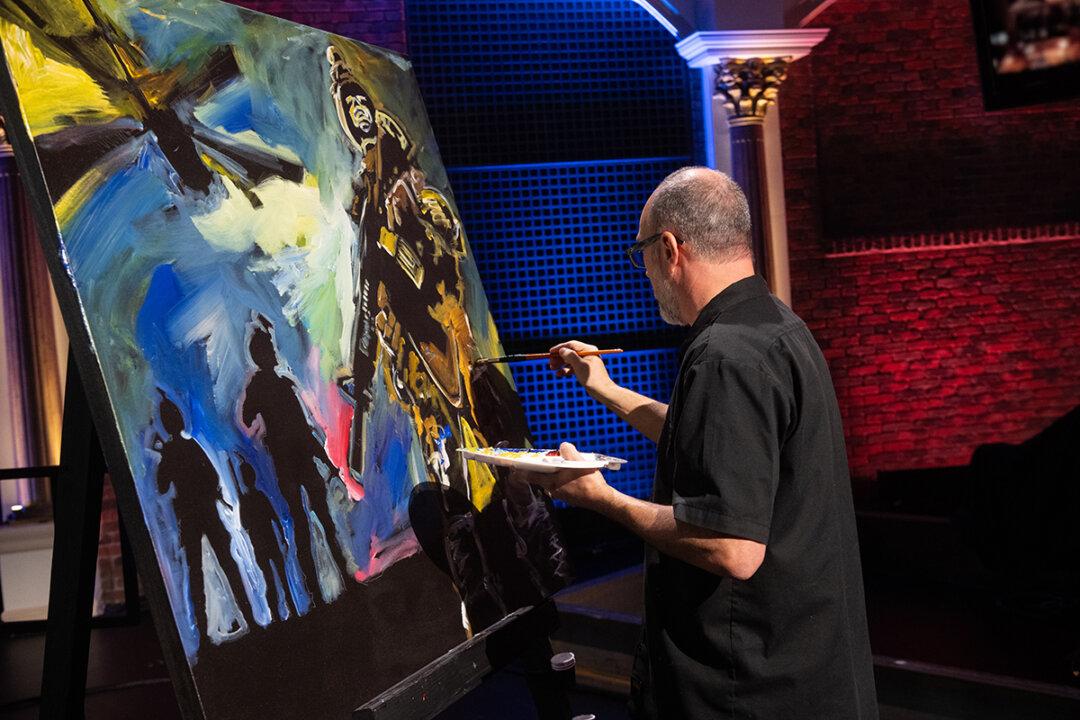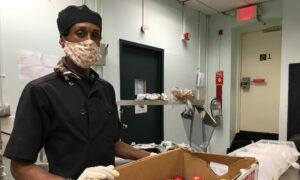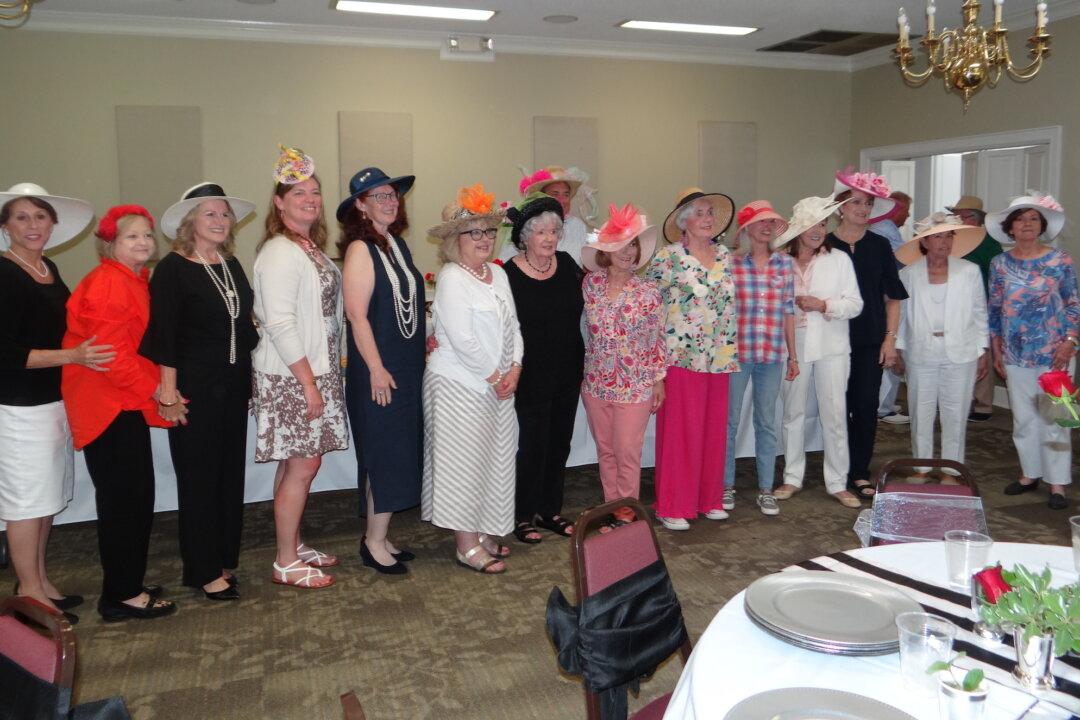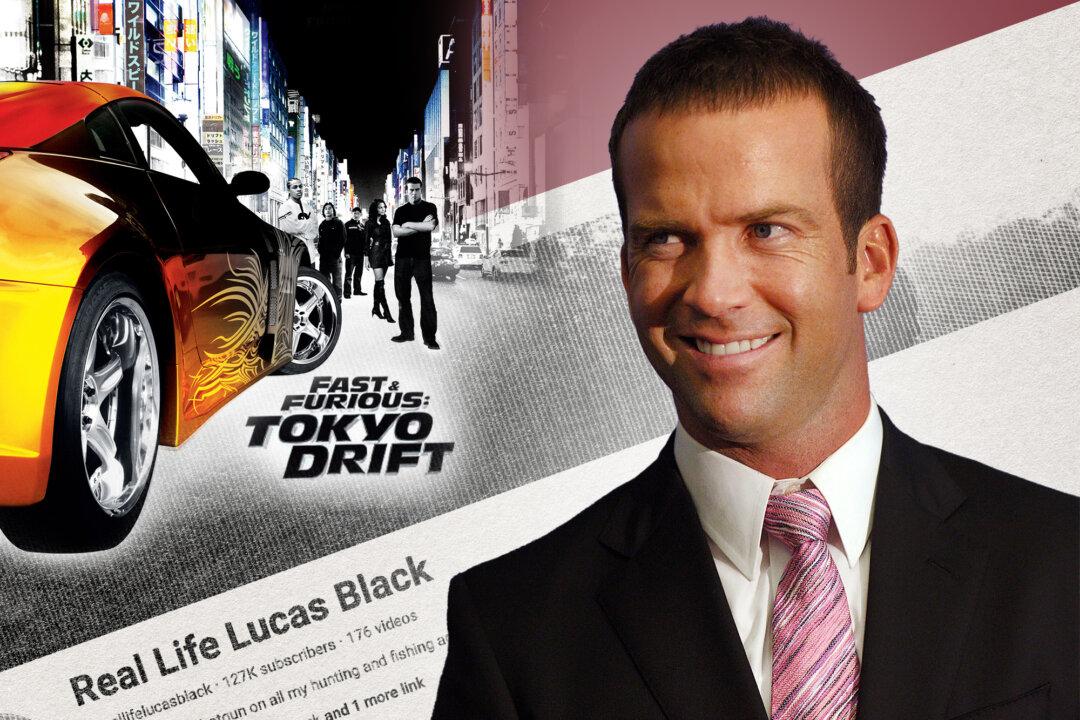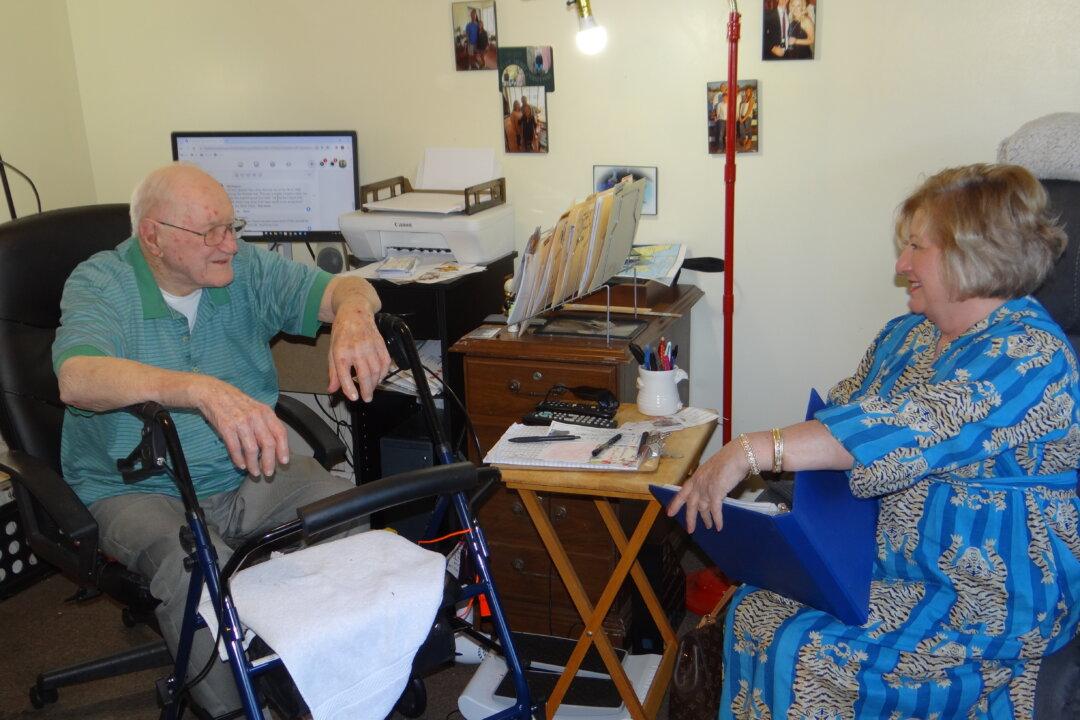Veterans returning home from war often have horrific images burned into their brains.
Artist Tim Gagnon is helping them replace those images with something that will bring them peace: their own artwork.
Mr. Gagnon joined the Air Force at age 19 as a graphic specialist after he published a comic book for United Way while he was in high school that was distributed to every school-age child in his native New Hampshire.
“I was born an artist, and I’ll die an artist,” he said.
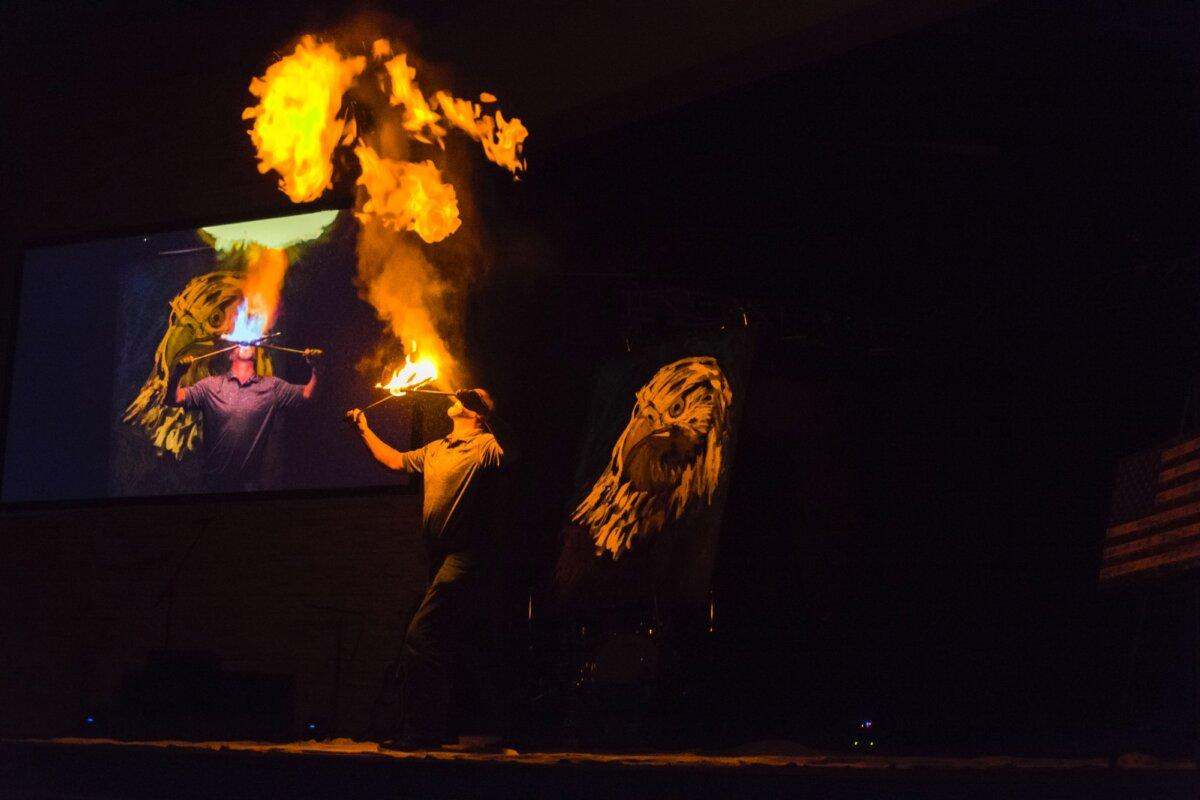
After he had served four years in the military, Mr. Gagnon’s talent brought him in a different direction a few years ago when he met Mary Whyte, a renowned artist who had founded the Patriot Art Foundation. The organization helps veterans to heal by teaching them to paint and draw. Ms. Whyte inspired Mr. Gagnon to share his skills as an instructor; he now teaches eight-week drawing classes online for veterans in VA hospitals.
Mr. Gagnon said that learning “the power of visual art” can sometimes be more effective for veterans who have endured an ordeal than talking about their painful memories.
“There are experiences that our veterans have gone through that there are absolutely no words they can express [that] will not traumatize them more. Talking about it can sometimes be more traumatic for them,” he said.
Mr. Gagnon has known veterans who experience flashbacks when they talk about their time in the service. With art, more soothing emotions come through a pencil or paintbrush as they create new, more peaceful memories, he said.
“There are just certain emotions in which words cause more harm than good sometimes. When we teach a person how to draw or how to paint, we’re teaching them how to process their emotions in a nonverbal way,” Mr. Gagnon said.
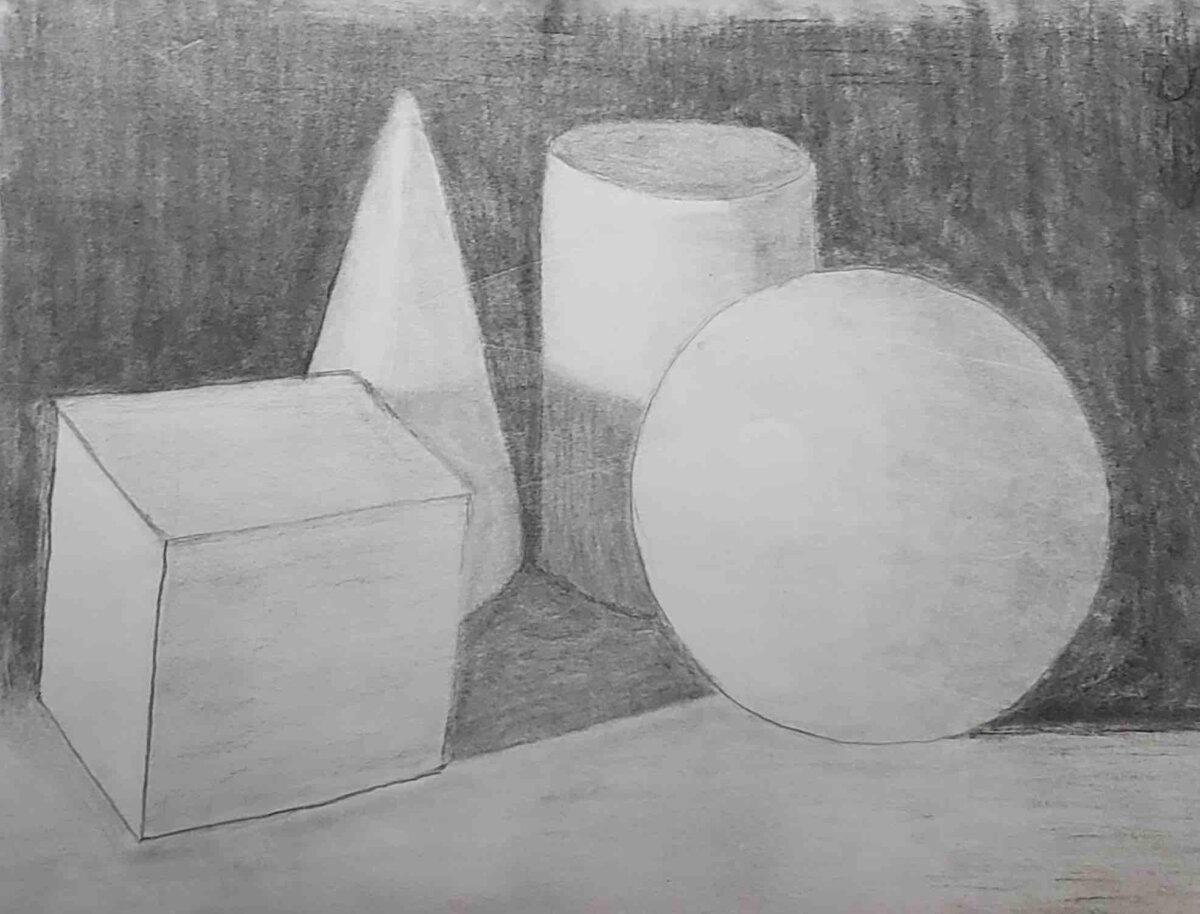
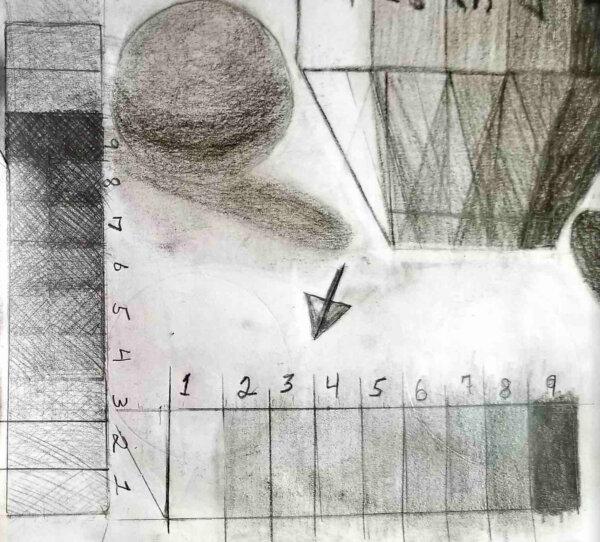
Artists and writers know about getting into “the zone,” when it’s just you and the blank canvas or page, he said. Mr. Gagnon said it’s an experience that can help a veteran because “when you’re drawing and painting, you kind of turn planet Earth off.” The world around you disappears, time stops, and you become laser-focused on what you’re creating, he said.
It’s turning nothing into something as an extension of one’s personality that can be a healing experience for the veterans, Mr. Gagnon said, letting someone express themselves when words cannot.
He shared an example of a veteran from one of his classes who became totally hooked on art.
“Now he goes around and carries a sketchpad everywhere he goes. He’s found his thing. He’s really coming out of his shell; he’s expressing himself better. He’s found a lot more peace. He looks forward to the day now. Before, waking up wasn’t so much fun,” Mr. Gagnon said.
Having worked with some veterans from elite branches of the military, he said that going from special forces and being the equivalent of Captain America to not knowing what to do with your time—or emotions—can be a shock.
“When you’re in the military, you know who you are. You have an identity. When you get out, sometimes you struggle,” Mr. Gagnon said.
The classes are taught via Zoom, with therapists present at the hospitals. The classes and art supplies are free for veterans. He tries to keep things light, focusing on the art while not talking about military experiences. At the end of the eight-week course, veterans will be able to draw a portrait of the person sitting in front of them and hopefully use what they’ve learned to find a new peaceful path forward.
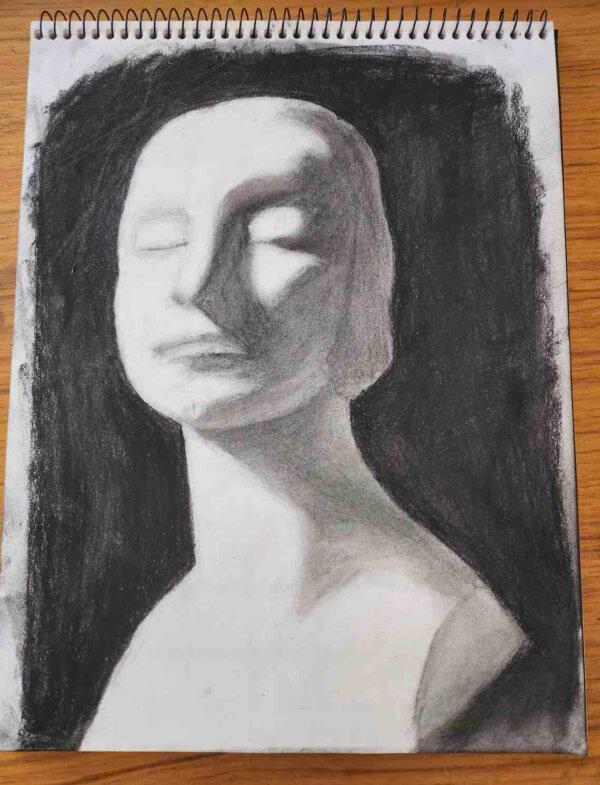
“He also taught me that God has a plan for my art. When you say God-given talent, God put that in me for a reason. And that’s why today I do narrative biblical paintings,” Mr. Gagnon said.
He takes his panels on the road to churches, turning them into art museums for the weekend, setting up the cross, and often painting new pictures during a service.
Mr. Gagnon is proud to be making a difference through his classes for veterans. In his case, a blank canvas is a powerful tool for helping veterans live their post-military lives in peace.
“Through art, they’re able to get their emotions out, but in a positive way. There’s nothing that can compare to the act of creating something with your hands,” he said.
A picture, in this case, may be worth more than a thousand words that might need to remain unspoken.
